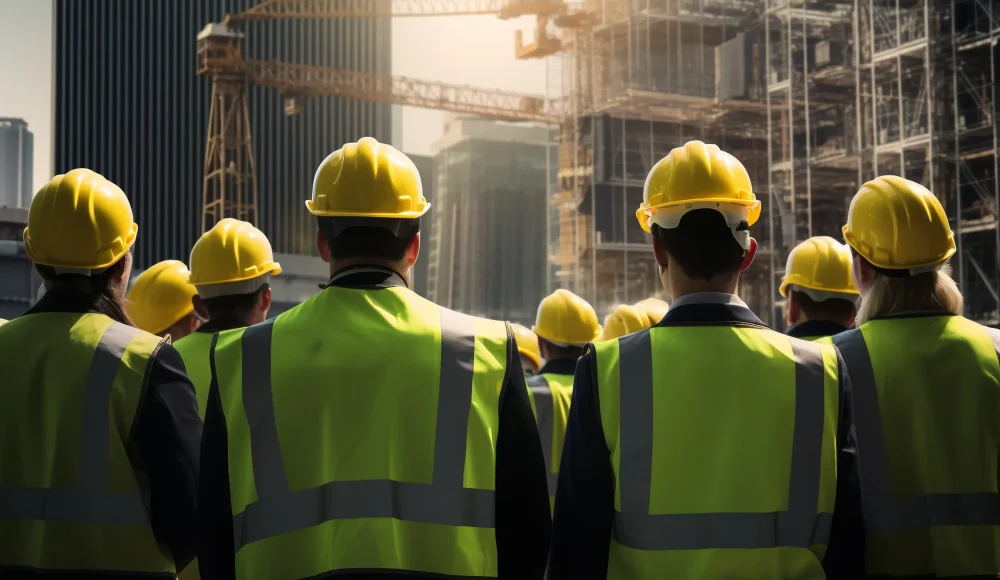At present, countries and regions such as Europe, Japan, and the United States have basically no longer used chromium-containing refractory materials due to government mandatory regulations, and the use of green refractory materials has become an inevitable trend. In the future, the expansion of refractory materials in cement kilns can benefit from the promotion of similar energy-saving and environmental protection policies. In terms of cement kilns, magnesium-aluminum spinels and magnesia-iron spinels developed by Ruitai Technology, Zhengzhou Huawei, Shandong Luzhong and Yingkou Qinghua and other companies Stone and magnesia-iron-aluminum spinel bricks are used in the sintering zone and transition zone of large-scale new dry-process cement return brick kilns, reaching or exceeding the service life of magnesia-chromium bricks. They can completely replace magnesia-chromium bricks and significantly reduce chromium pollution.
Today, when national resources are increasingly scarce, new green environmental protection and energy saving and consumption reduction have become the purposes of the development of refractory materials. The China Refractory Materials Association also believes that during the “Twelfth Five-Year Plan” period, the development of refractory materials will take on new characteristics. The basis is to improve product quality and application level, and the ultimate is to add or strengthen new connotations, namely energy conservation, environmental protection and low-cost carbon. The basic direction of the development of refractory materials science and technology is to take independent innovation as the basic starting point, follow the integrated path of scientific design and application of refractory materials, refinement and green production and application, consumption reduction and resource conservation, and promote research and development to re- Go to a new level. Among them, the innovation direction of refractory materials for the cement industry is chromium-free and energy-saving. The understanding and behavior of the concept of green refractory materials should be coordinated and taken into account under the guidance of a systematic concept. For the refractory industry, scientific and systematic considerations should be made in all aspects from raw material preparation to production, construction, application and post-use treatment, to avoid limiting thinking and vision to one point or aspect and focusing on one and the other. We should look at the big picture and start small, face reality, focus on something, and vigorously promote full cooperation and coordination among users, producers, developers, and designers. As an enterprise, we should strengthen cooperation with scientific research institutions and user units, increase industry-university-research cooperation, and achieve new breakthroughs in green refractory material technology.
The overall development level of my country’s refractory industry is still far from the world’s “green” level. “Green” refractory materials have attracted the attention of refractory materials and related industries. Relevant government departments and industry associations have also formulated corresponding policies and measures to encourage and promote the greening of refractory materials. Strengthening energy conservation and emission reduction and developing green and low-carbon refractory products are the fundamental requirements of the global green economic strategy for the refractory industry. Further promoting technological innovation, product structure adjustment and application technology improvement in the refractory materials industry, and vigorously developing new green refractory products that are long-lasting, energy-saving, and environmentally friendly have become a major trend in the current development of the refractory materials industry.



